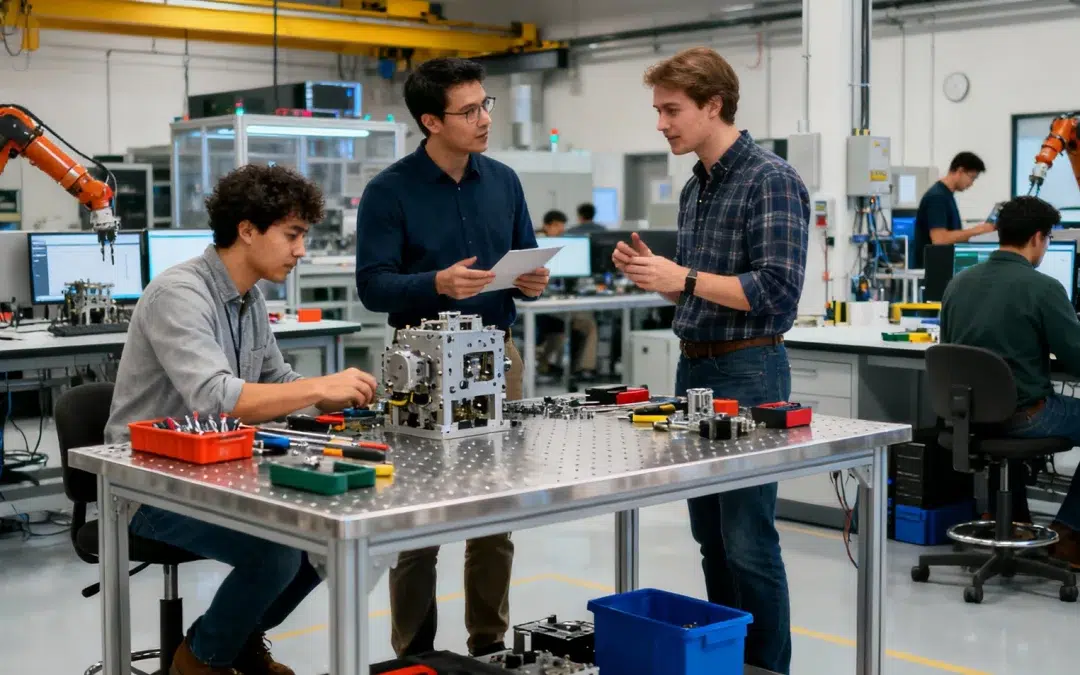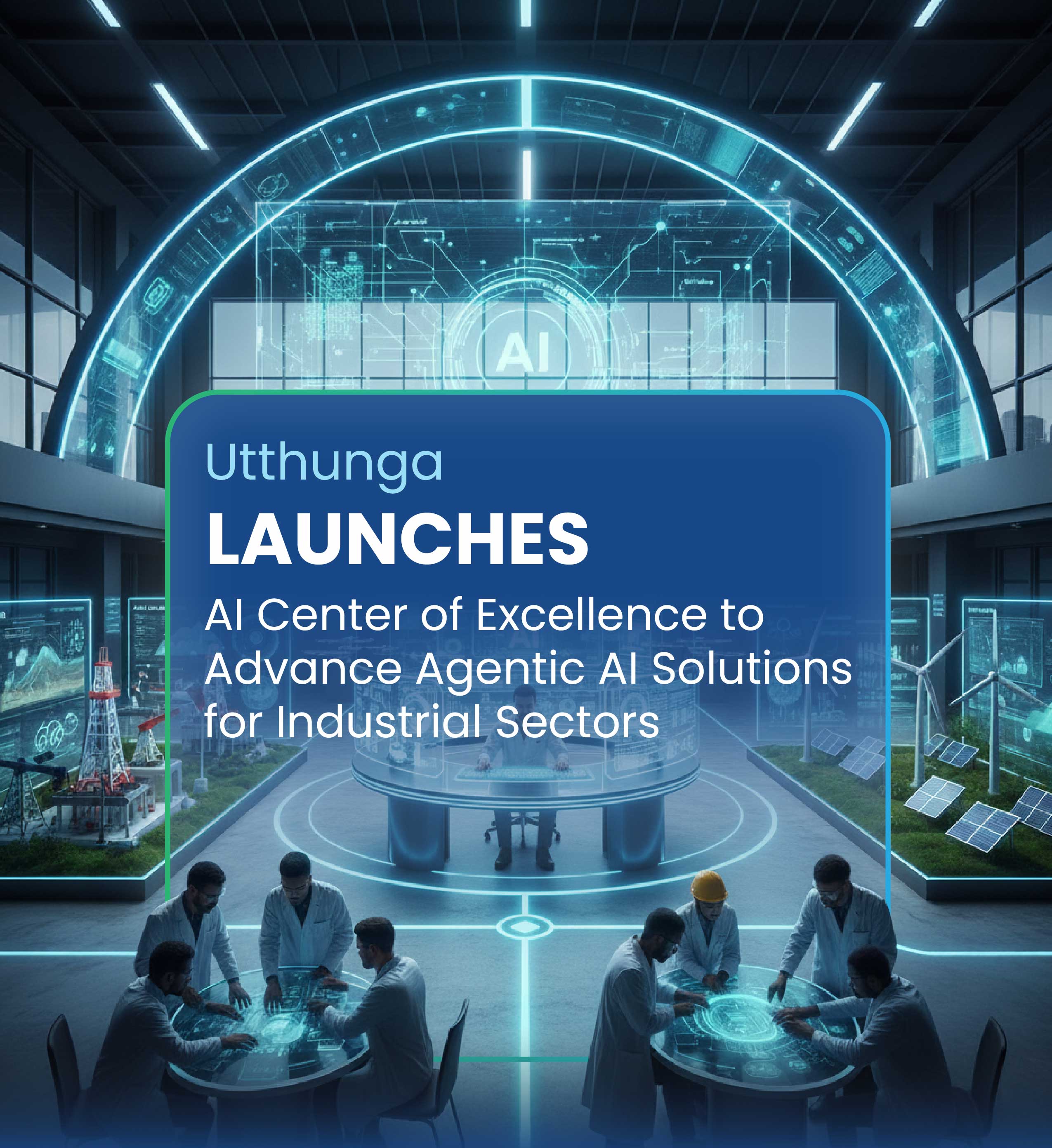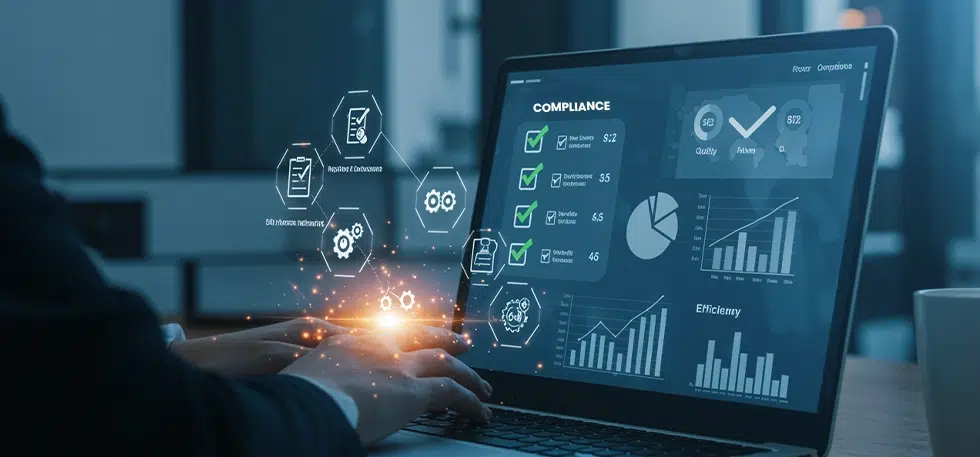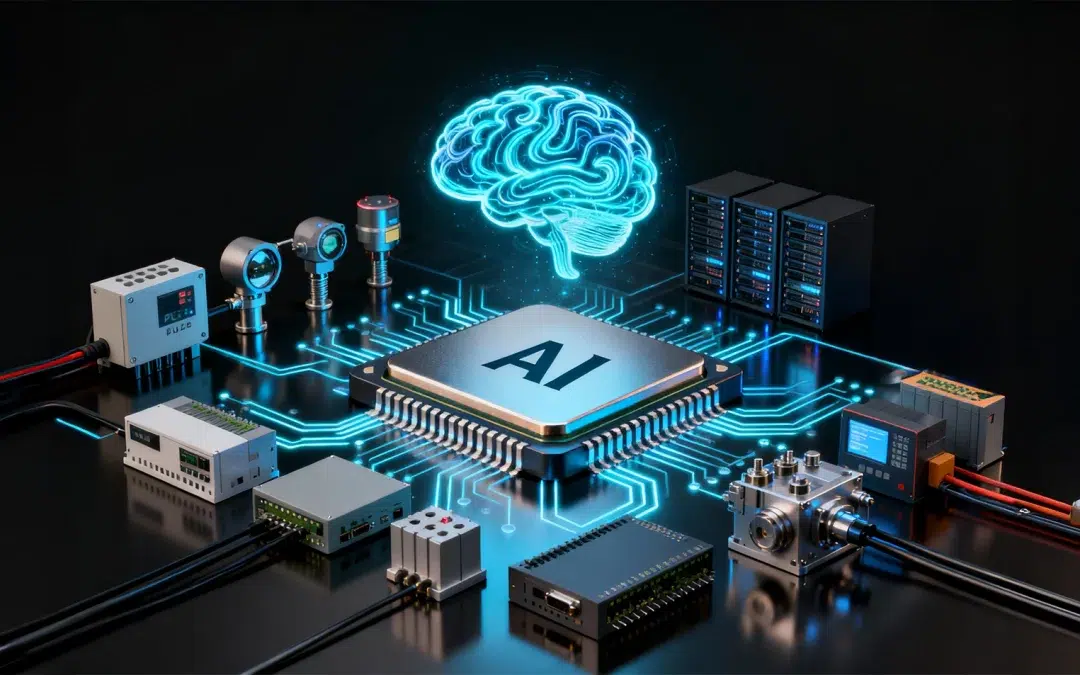
Embedding Intelligence: How ML is Transforming Edge Systems
This wave has a name: edge machine learning, or edge ML. It’s called ‘edge’ because intelligence moves from distant cloud servers to the very edge of the network—onto devices like cameras, robots, and sensors. By placing ML closer to where data is generated, systems gain the ability to make near-instant decisions while strengthening privacy and autonomy.
Whether it’s a smart camera distinguishing objects in milliseconds, a warehouse robot navigating in real time, or an industrial sensor predicting equipment failure on the spot, integrating ML with edge is transforming everyday devices into powerful, context-aware systems. In this blog, we explore how ML at the edge is reshaping modern edge systems, along with how Utthunga helps overcome the associated challenges to build scalable, production-ready edge solutions.
Why ML at the Edge Matters
Ultra-Low Latency
- Preventing machine collisions on a fast-moving manufacturing line
- Monitoring patient vitals in real time to trigger immediate alerts
- Enabling split-second decisions in advanced driver-assistance systems
- Detecting anomalies instantly in high-speed industrial processes
Enhanced Privacy & Security
- Keeping patient health records securely within medical devices or on-premises systems
- Protecting confidential industrial telemetry from leaving factory floors
- Securing video analytics on smart cameras without uploading footage to the cloud
- Maintaining compliance with regulations like GDPR, HIPAA, and industry-specific standards
Offline Reliability
- Operating remote industrial equipment in mines, offshore rigs, or isolated plants
- Running field sensors and instruments in agriculture, oil & gas, or environmental monitoring
- Maintaining mission-critical machinery on factory floors where downtime is unacceptable
- Supporting autonomous systems like drones or robots that can’t depend on network coverage
Energy & Cost Efficiency
- Extending battery life in portable or remote IoT devices
- Reducing network load across large fleets of sensors or edge nodes
- Lowering cloud computing and storage costs for high-volume industrial data
- Optimizing energy usage in smart buildings, factories, and utilities
As a partner, Utthunga brings deep expertise in embedded systems, industrial automation, and AI engineering. This enables us to design Edge ML solutions tailored to the unique demands of each industry.
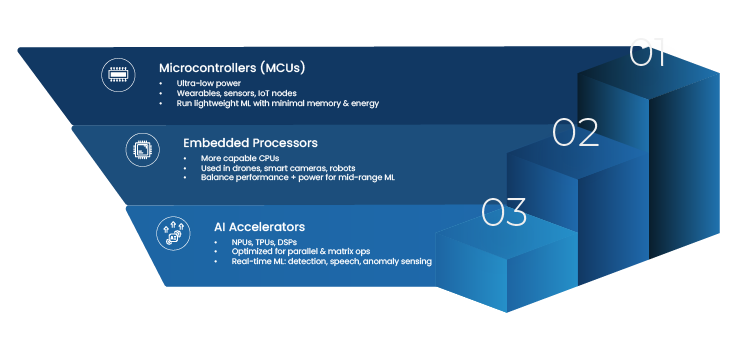
Why ML at the Edge Matters
Vision at the Edge
- Object detection and tracking for identifying products, people, or machinery in real time
- Anomaly detection to spot defects, irregular behaviors, or safety risks instantly
Predictive Maintenance
- Vibration and acoustic analysis for early detection of wear, imbalance, or misalignment.
- Real-time fault detection that allows machines to take preventive actions before failures occur.
Autonomous Mobility
- Onboard navigation and path planning
- Collision avoidance and safety monitoring
- Environmental perception through real-time vision and sensor fusion
Smart Consumer Devices
- Context-aware interactions in wearables, smart speakers, and appliances
- Personalized responses based on user behavior, preferences, or voice inputs
- Automation and environmental control in smart homes
Energy & Resource Optimization
- Adaptive power management in buildings, factories, and utility grids
- Real-time optimization of HVAC systems, lighting, and energy storage
- Predictive load balancing based on usage patterns
Challenges in Embedding Intelligence — and How Utthunga Helps Overcome Them
- Limited compute, memory, and power: Edge devices operate under tight resource constraints.
- Security for distributed devices: More endpoints mean a larger attack surface.
- Updating large fleets of devices: Rolling out model and firmware updates at scale is complex.
- Data drift & model monitoring: Edge models can degrade over time without proper feedback loops.
Utthunga brings a combination of embedded engineering, industrial know-how, and ML expertise to streamline your edge intelligence journey. We help organizations:
- Start with lightweight, efficient models suited for constrained hardware
- Optimize sensor data pipelines to reduce noise, latency, and energy use
- Design models hardware-aware to leverage MCUs, embedded processors, or accelerators effectively
- Adopt robust Edge MLOps practices for deployment, monitoring, and updates
- Validate real-time performance & robustness across real industrial conditions

